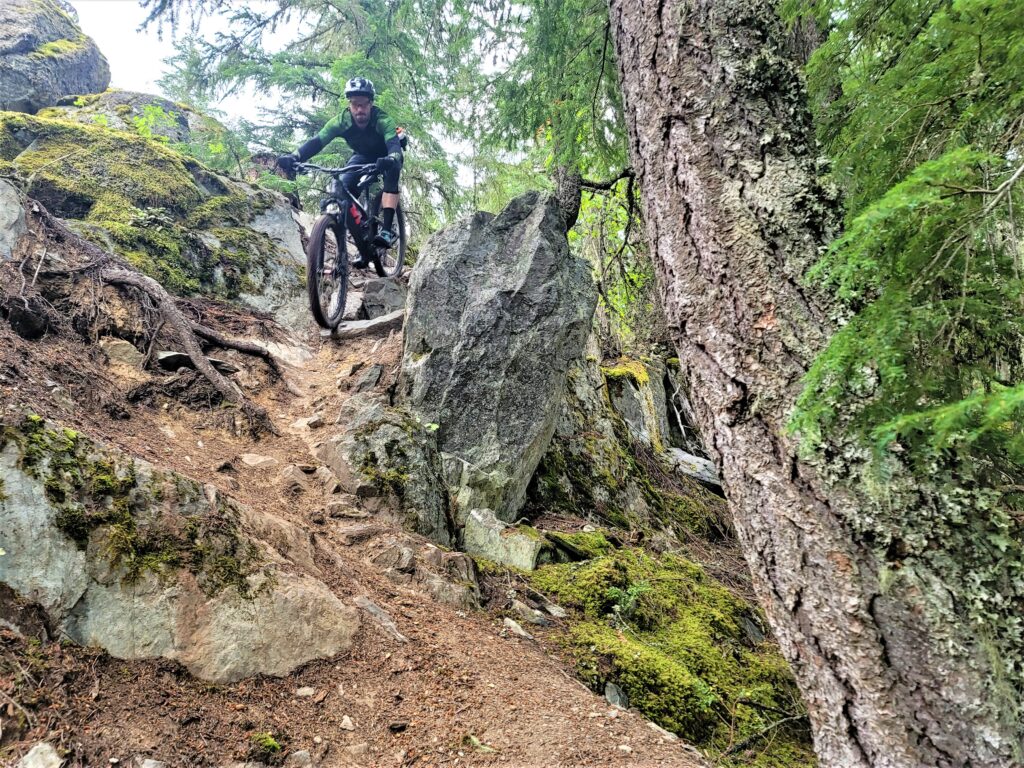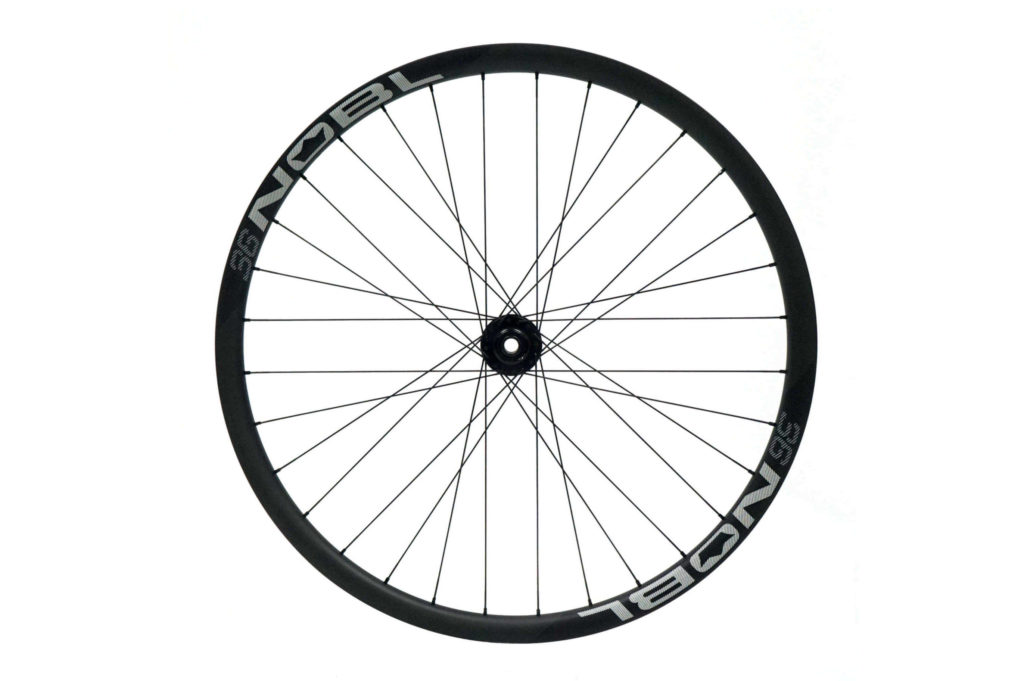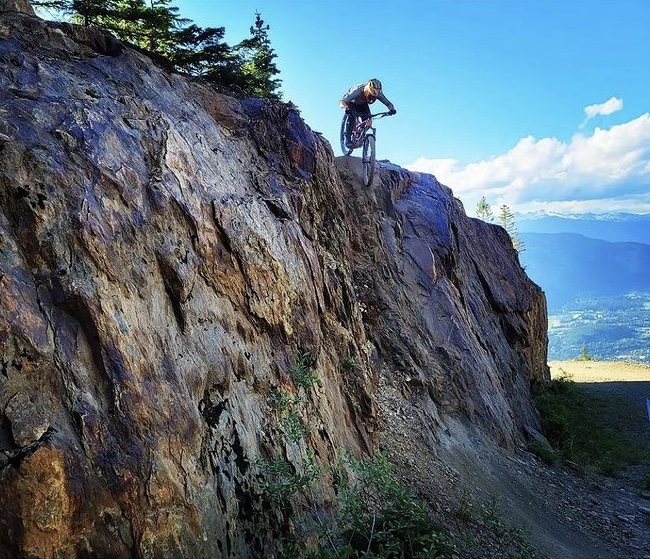
Learning new skills and pushing your boundaries
Learning new skills in mountain biking can be both exhilarating and daunting. On one hand, you have the opportunity to push your limits and experience new levels of achievement. On the other hand, there are risks involved when pushing yourself beyond what you’re comfortable with. That’s why understanding the relationship between risk and reward is crucial in the sport of mountain biking.
In mountain biking, there are several skills that can be considered “risky” when learning. For example, jumping is a skill that requires a lot of practice and can be dangerous if not done correctly. However, the reward of successfully landing a jump can be a huge confidence booster and can open up a whole new world of trail riding. That’s why it’s important to approach these skills with caution and seek out proper instruction before attempting them.
Another aspect of risk and reward in mountain biking is the concept of “sending it.” This term is often used to describe the act of taking a jump or drop with as much speed and air as possible. While this can be incredibly thrilling, it also comes with a higher level of risk. In an article on Pinkbike, professional mountain biker, Ryan Howard, shares his thoughts on “sending it” saying, “I think it’s important to always be pushing yourself and trying to progress, but at the same time, you need to have a healthy respect for the consequences of your actions.”
As you can see, risk and reward are closely intertwined in the world of mountain biking. It’s important to recognize that pushing your limits and learning new skills can be a positive thing, but it’s also crucial to approach these challenges with caution and respect for the potential dangers. In an article on NSMB, writer and rider, David Peacock, sums it up nicely by saying, “Riding at the edge of our abilities is where progress happens, but it’s also where we must be most careful.” So, remember to have fun, but always prioritize safety and seek out proper instruction when trying new things on your bike. – Guest editor
A note from the FRWW:
Thanks for that somewhat cogent reminder to hedge risk and maximize reward while remaining safe out on the trails MtbGPT! Even if you did make up half of the details to support your point.




